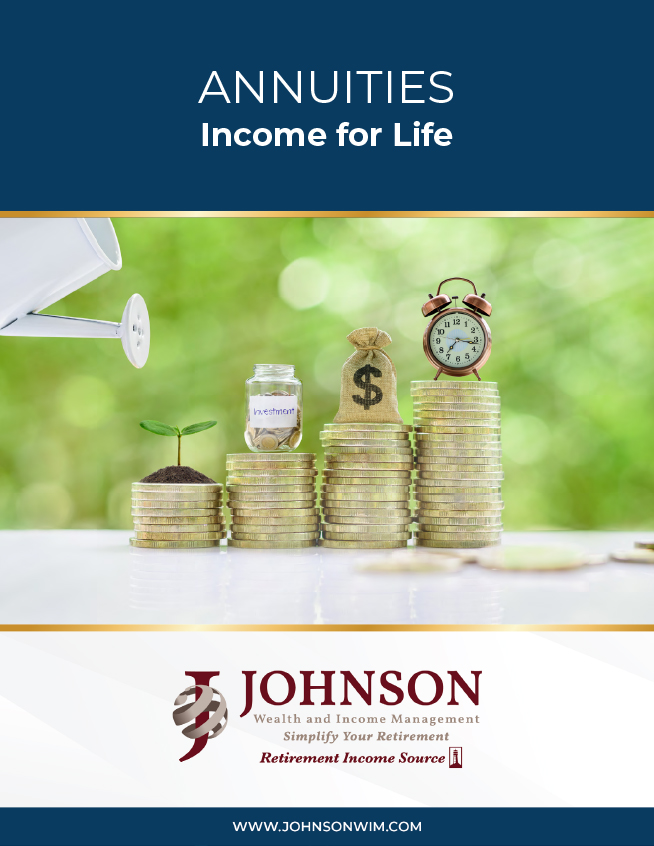Estate Planning Myths
Dispelling myths, rumors and misinformation is an ongoing battle for financial advisors. Estate planning is a topic especially prone to myths and misinformation. In this report, I’m going to dispel 10 common myths about Estate Planning and give you the real facts — facts that could be critically important to helping protect your financial future.
Myth #1: “I’m too young to need an estate plan.”
Statistically, that statement may be closer to true if you’re in your 20s and 30s. The problem is, many people still believe this statement in their 50s and beyond. As a result, a lot of people who intended to create an estate plan “eventually” end up dying before they get the chance. The result is often a legal and emotional nightmare for their families.
Myth #2: “Only wealthy people need an estate plan.”
Technically speaking, an estate is defined simply as “all the property owned by a particular person.” In other words, if you have property and assets, you have an estate and need an estate plan. Your estate includes your savings accounts and investments, naturally, but it also includes your home, boat, collectibles, heirlooms, and even items of sentimental value.
Myth #3: “An estate plan is only concerned with assets and property.”
That’s wrong because estate planning is also very much about emotions, relationships, and deeply personal matters. In fact, in my experience, that’s the greatest risk of not having an estate plan. It’s not the legal or financial chaos that often ensues, but the emotional fallout. I’ve seen families torn apart by arguments over who gets what, or over what to do with a parent on life support. A comprehensive estate plan could have helped prevent these arguments. That leads us to myth number four.
Estate Planning Myths Read More »










